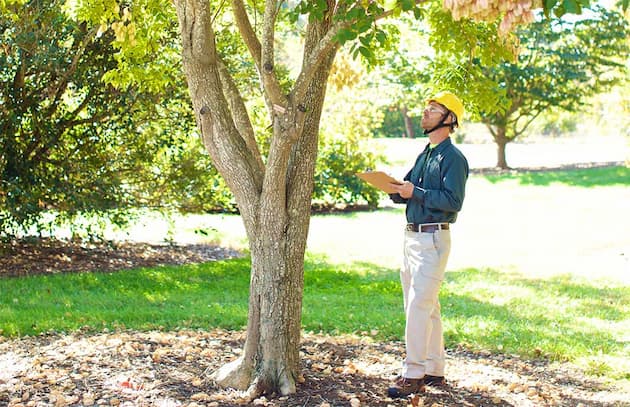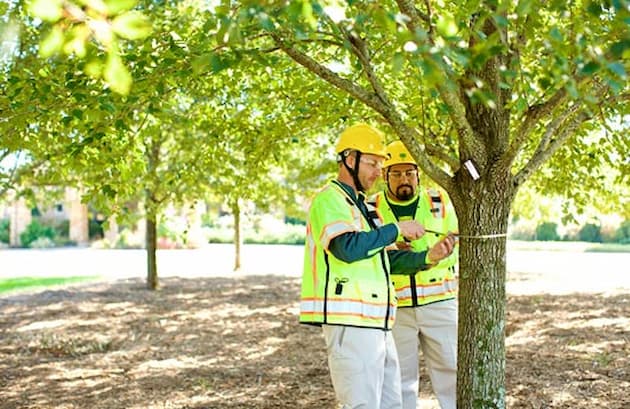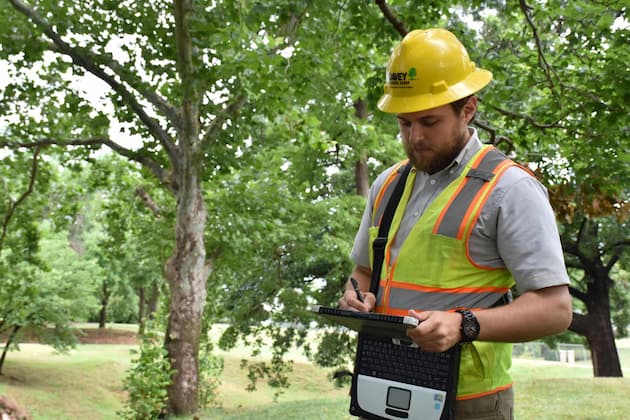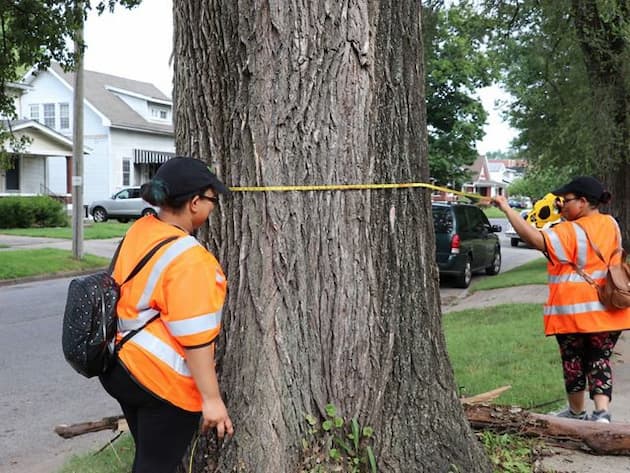Everything You Need to Know About Tree Risk Assessments
We are all aware of the value of trees. Recent studies have shown that being around trees can lower blood pressure and reduce depression, anxiety and stress. And communities with trees are a better place to live. Children tend to play more outside, and neighbours connect better where there are more trees. This makes them good for both our physical and mental health and good for our community.
They’re good for the environment too, as we all know they’re the lungs of our planet and the home of many animals. And their beauty contributing to the landscape is obvious. Trees are the perfect gift for all people on Earth.
We can show we are grateful for trees by taking proper care of the trees in our surroundings. Sometimes caring for trees means we need to seek help from professionals. Some companies provide different tree services, like tree removal, pruning and stump grinding. And sometimes, we need to inspect the trees around us and our property to ensure they’re safe for us. Such tree service is called tree assessment. This is everything you need to know about tree risk assessments from what is and how it’s done.
What Is a Tree Risk Assessment?

Tree risk assessments are visual assessments of a tree done by a professional arborist. The main reason for this is to determine the chances of a tree or its branches falling and the consequences of the failure. Simply put, we make tree assessments to inspect the risk that a tree or group of trees pose to people or properties.
The final goal of the arborist is to identify if there’s an immediate threat or not. If they identify a threat, the next step is to determine some of the options for the tree owner or the one responsible for it.
How Do Arborists Assess the Risk of a Tree?

There are two main ways of assessing the risk of a tree: observation and complete assessment.
Observation
This includes a basic overview of the tree’s health. The arborist will inspect the tree and the site to see if there’s a risk related to any structures. He’ll make this by observing it from all available angles. This doesn’t count as a detailed tree risk assessment. It isn’t possible to determine all the risks by light observation.
Detailed Tree Risk Assessment
This is a detailed analysis using diagnostic tools. Such tools are rubber mallets, resistographs and 3D imaging, (a section of a trunk using the impulstomograph instrument). Resistographs can measure wood density and detect internal cracks, cavities, and decay. They do that using a drill bit and electronic sensors.
The arborist will also inspect the soil conditions and moisture. He’ll also inspect growth patterns, soil moisture, wind patterns, and other factors. He will note if there are any defects in the crown, trunk, roots or any other issues using a checklist. In the end, he will form recommendations based on scientific evidence.
Sometimes, the arborist will need to take a sample of the tree or its soil for lab analyses. This way, they can detect fungal growth that isn’t visible but can cause a lot of problems later.
What Are Some Risk Factors?

These are some of the most important factors to consider when doing a tree risk assessment.
The History of the Tree
The arborist will ask you if branches of the tree he’s assessing have fallen before. If they have, there’s a significant likelihood for future failures. The presence of borers or other termites in the past can be an important factor. It can give an insight into the current condition.
The Liveliness of the Tree
A quick examination of the branch density, the leaf colour and the bark condition say a lot for the tree’s health. Also, by looking at the wounds from previous pruning. If the tree’s healing well, sits lively and has branch density as trees of its age, it usually means it’s healthy and alive.
The Tree’s Species
The tree species is an essential factor in the condition of the tree itself. That’s because some species are more shallow-rooted than others. This makes them a greater risk factor. One of the most common shallow-rooted species is the eucalyptus tree. Others are birch and beeches.
The Density of the Tree’s Crown
One of the first signs that a tree isn’t doing well is thinning of its crown. This usually affects the central branches, when they come less dense than the rest of the crown. Crown dieback is the forewarning of trees struggling in any way.
Potential Targets
If the tree in question is in the middle of nowhere and wouldn’t damage anything or harm anyone if it fell, there’s a low risk. Arborists are talking about the likelihood of failure and assessing the risk of the tree to persons or property.
Likelihood of Failure
After the examination, the arborist will give the tree a score on how likely a branch or the entire tree is to fail. Low means unlikely, and high means likely.
Consequences
Questions like what the direct targets are, and where’s the tree play a big role in the assessment and the mitigating options. Whether it’s in a suburban backyard or in a school where kids are playing weighs heavily on the outcome.
Do Assessments Include an Arborist’s Report?

This depends on whether you, as a customer, ask for the assessment or the city has requested it as part of a permit request or approval. If it is only you requesting it, there’s no real need for an arborist report. You will end up paying more money for the same determination and recommendations.
How to Find the Right Arborist for the Job?
There are two main types of arborists: working and consulting arborists. Working arborists have arboriculture certifications. They mainly do trimming and removal work. For tree assessments, you need a Level 5 arborist with a Diploma of Arboriculture. So, if you need a report, you won’t have to search for another one if the one doing the examination doesn’t have the needed certificate.